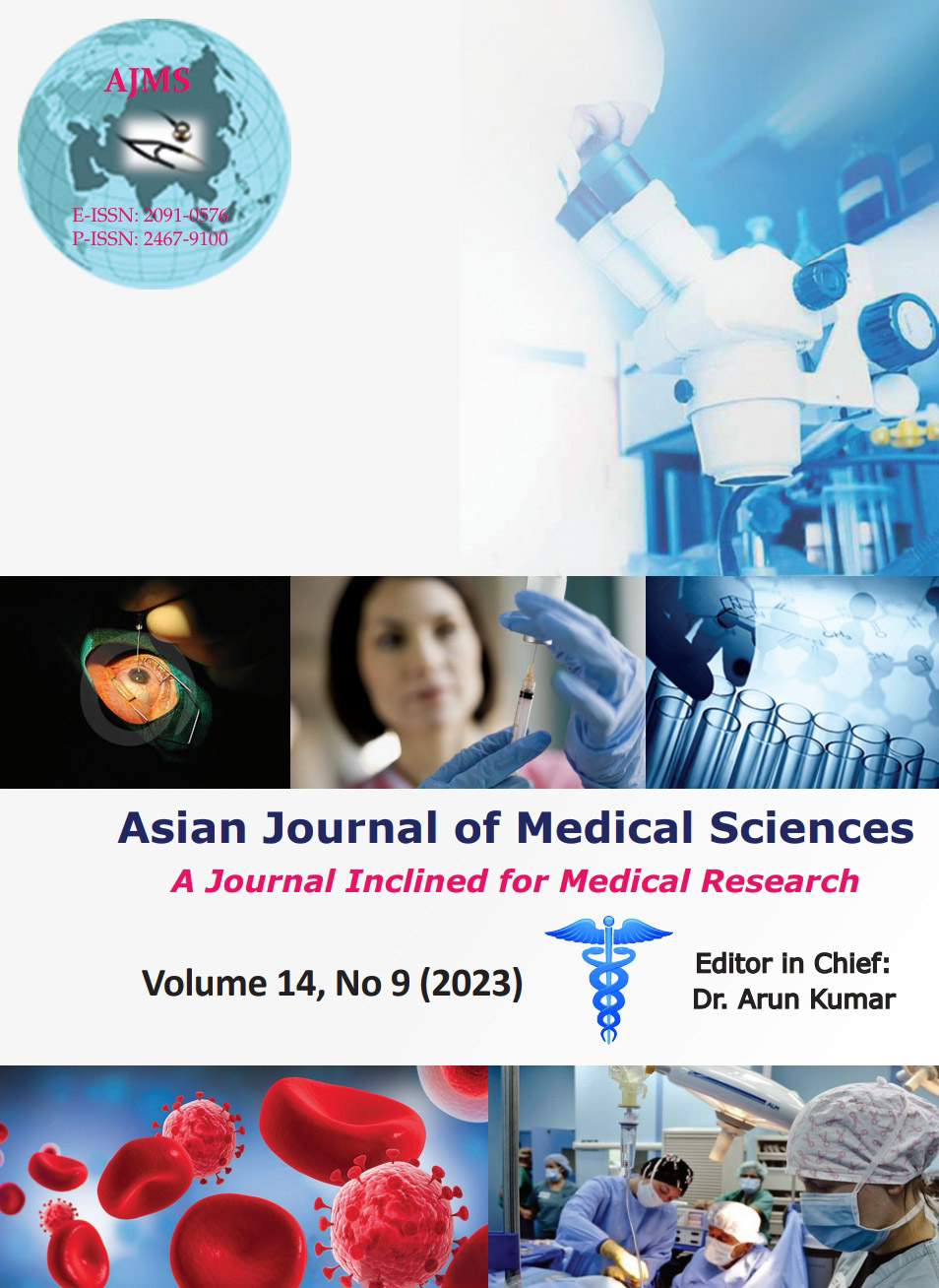Umbilical cord diameter study on microscopic tissue in gestational diabetes mellitus and its correlation to fresh tissue diameter and fetomaternal parameters
Keywords:
Umbilical cord diameter; Gestational diabetes mellitus; Microscopic tissueAbstract
Background: Umbilical cord is the only vital link between the mother and the fetus and is essential for maintaining the fetomaternal exchange of oxygen, nutrients, and waste products. Clinical studies have shown that umbilical cord diameter (UCD) is larger in gestational diabetes mellitus (GDM) and UCD analysis based on microscopic tissue (dry) provides more accurate information.
Aims and Objectives: The present study was conducted to measure the UCD using microscopic tissue in GDM and normal cases and ascertain its correlation with fresh tissue (wet) diameter, fetal weight, maternal BMI, and gestational weight gain.
Materials and Methods: The study included 111 subjects. They were divided into two groups. Group I consisted of umbilical cords obtained from non-diabetic pregnant women (n=52) and Group II comprised umbilical cords obtained from mothers with GDM (n=59). UCD was measured using Vernier calipers and all the other parameters were assessed through standard methods.
Results: UCD in microscopic (P=0.005) and fresh tissues (P=0.0001) was significantly higher in GDM patients. Although microscopic tissue measurements tended to underestimate fresh-tissue measurements of UCD, these measurements had a positive correlation with each other in both groups. UCD also had a statistically significant positive correlation with maternal BMI and a negative correlation with gestational weight gain.
Conclusion: UCD in GDM was statistically higher in both microscopic and fresh tissues and thus may be considered for GDM screening. The correlation of wet and dry specimens can also provide useful insights in clinical situations centered around variations in UCD.
Downloads
Downloads
Published
How to Cite
Issue
Section
License
Copyright (c) 2023 Asian Journal of Medical Sciences

This work is licensed under a Creative Commons Attribution-NonCommercial 4.0 International License.
Authors who publish with this journal agree to the following terms:
- The journal holds copyright and publishes the work under a Creative Commons CC-BY-NC license that permits use, distribution and reprduction in any medium, provided the original work is properly cited and is not used for commercial purposes. The journal should be recognised as the original publisher of this work.
- Authors are able to enter into separate, additional contractual arrangements for the non-exclusive distribution of the journal's published version of the work (e.g., post it to an institutional repository or publish it in a book), with an acknowledgement of its initial publication in this journal.
- Authors are permitted and encouraged to post their work online (e.g., in institutional repositories or on their website) prior to and during the submission process, as it can lead to productive exchanges, as well as earlier and greater citation of published work (See The Effect of Open Access).




